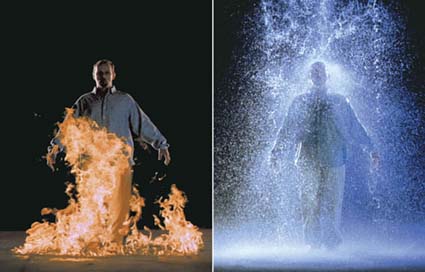
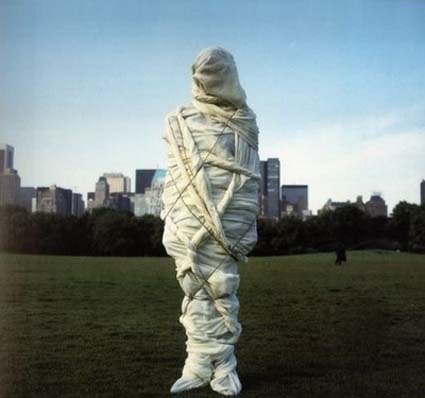
“Who are your influences?” It’s a question often asked by professors to help artists grow, critics to place artists’ work and ideas in context, and audiences to understand artists’ creations. It’s also a question we can ask to do all of these things for ourselves.
Track It Like A Hunter
When you have a realization, write it down. Writing not only creates a durable record you can refer to later, it also makes it far more likely that you will remember what you write. List all of your influences in one place, and you’ll see connections between your influences by making comparisons and contrasts –sometimes, finding these insights requires asking follow-up questions like, “How do the relationships between these things indicate shared qualities and themes within my own work?” and “How can the difference between these things be used to create something new?” Date the times you are influenced, and you’ll see how chain reactions of thoughts and feelings start, grow, and change. You can expand your understanding by writing more than lists. Write a simple line stating the essence of what the work means to you. You may find this process so rewarding that you write more in a short paragraph or two or three that will help you reveal more connections to other feelings, thoughts, and things to clarify the essence of your response, which you may repurpose in your own artist’s statements.
Sometimes, an influence, rather than coming from another artist’s entire body of work, comes from a single piece, perhaps even an atypical work. Sometimes, an influence comes from an artist working in a seemingly unrelated discipline. Sometimes, an influence comes from something we don’t like or resist. Of course, many other things influence us besides other artists’ works and are worth tracking, too.
Progress From What To How To Why
It’s one thing to list our artistic influences; it’s another to clarify how we are responding or what they mean to us. Moving beyond questions of what influences us to how and why they influence us deepens our understanding and connection to the things we are moved by. It only takes a sentence or two, maybe only a few phrases or even a single word, to find insights that move us in new directions or propel us to new heights.
Be Mindful
Being self-aware is different than being self-conscious. During this process, silence your inner critic. The voice(s) that helps you evaluate ideas or results is not the same voice that sees new possibilities and generates ideas. This critical aspect of ourselves can be very helpful, selecting and refining, and strengthening the best ideas drawn from many, but it serves us best after a process of observation and generation, if it is active during those processes, it can stop the flow of thoughts and feelings. Here, don’t judge; just watch.
Observing our inner world, our thoughts and feelings, our associations and disassociations, our fixations and aversions, and their interconnections move rich material from the dark corners of our subconscious into the light of the conscious mind. If we do this, we can find more material to work with, we can ask generative questions to help us grow, we can make clearer/better choices, and it’s very likely that we will be more productive and more fulfilled. When awareness is present, our artistic process becomes a journey of personal discovery, which is sometimes challenging but always rewarding.


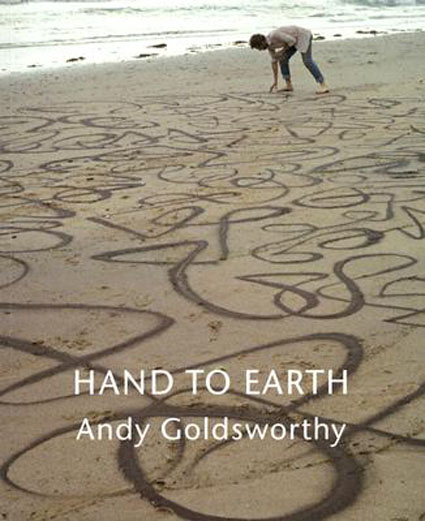
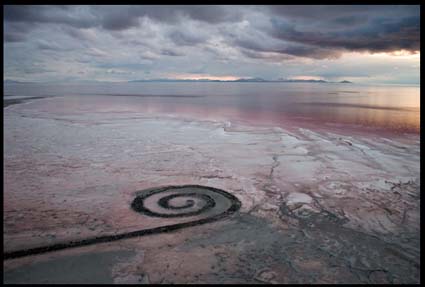
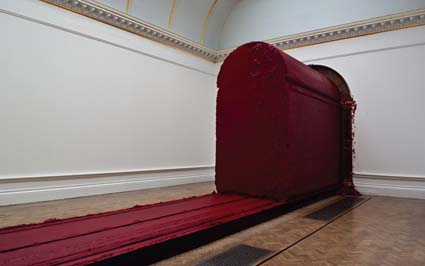
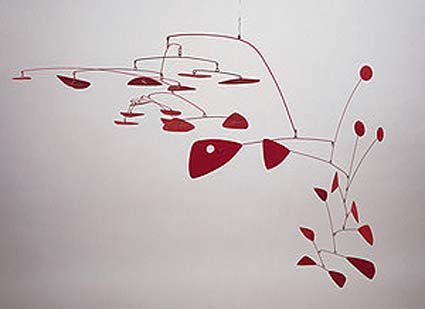
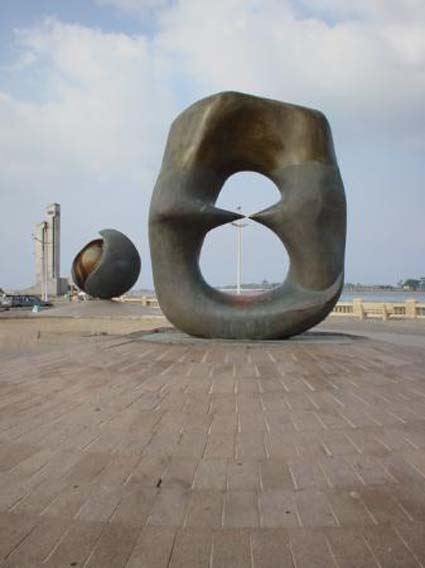
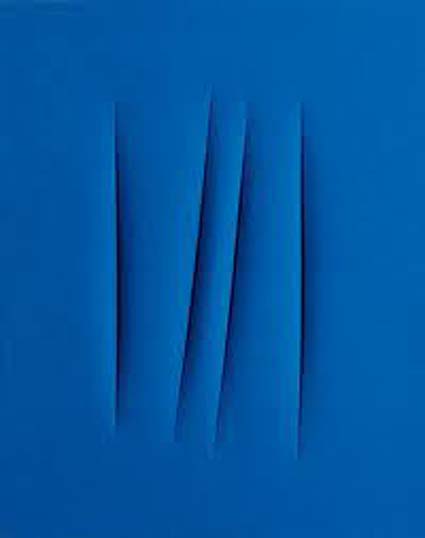
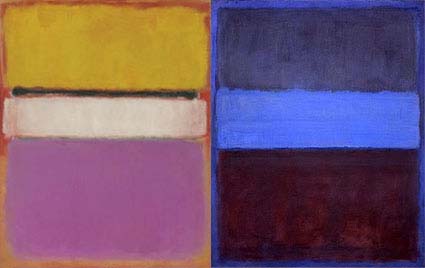
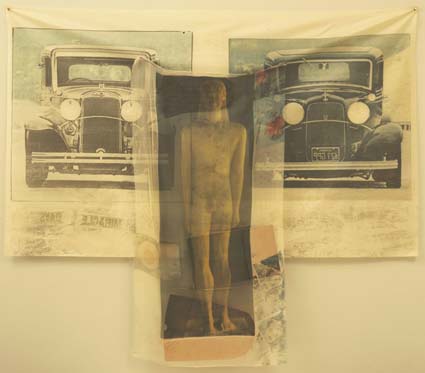
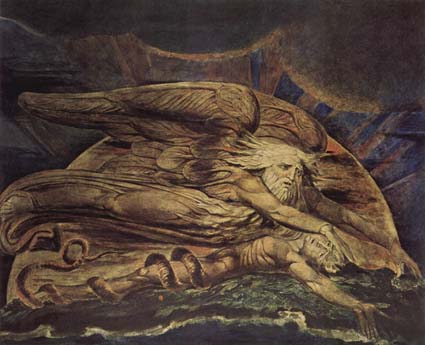
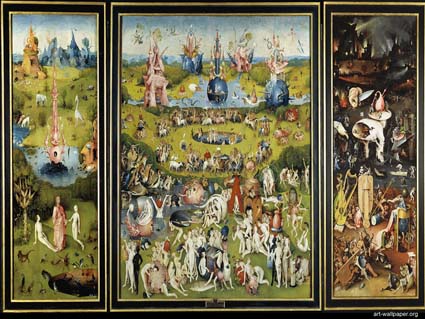
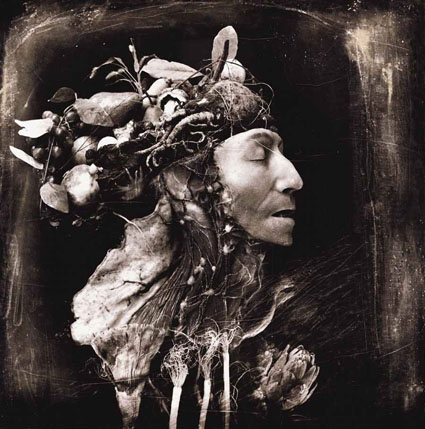

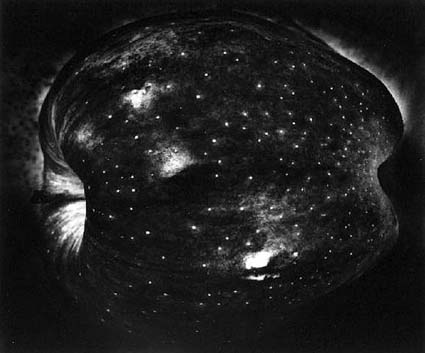
Arnaldo Santos
13.04.2022 at 19:48Hi Paul, thanks for the excellent and valuable content. I will start annotating my references today and find connections between.
edward eastman
02.05.2022 at 10:10Thanks for an interesting thought piece of writing. Initially, I found Photoshop overwhelmingly complicated and so avoided it. Lightroom Classic I found more intuitive. And yet, when looking at some thumbnails in LrC’s gallery, I asked my self “What if I flipped this image horizontally and made one mirrored image?” With that one “What if …” question, I started searching how Photoshop would let me accomplish my goal. That one simple question and the very simple solution lead to a whole series of very original colour images I call “Morphogenesis”. Next came my work with still life and focus bracketing/stacking. Again, a simple “What if…” question and Photoshop provided the solution. You’ve been that influence in my artistic development. I find some of your work very interesting and always look froward to receiving your emails. For that I thank you.
Dorothy Riess
06.05.2022 at 11:50Inspired by your constant interest in the history of photographers and your conversations with your dad about making a print. Thinking of my influences remind me of MOMA New York and an exhibit of paintings by JMW Turner. I was knocked over by his work and still am. The musicality of his lines and the power of his vision. Another strong influence was reproductions of work by Ansel Adams. Personal experiences of Yosemite, despite the tourists, were inestimable to me. Landscape as a musical sensation interests me. A new thought. I only wish I were nearer the east coast so I could see you and your dad more often. Onward! Dorothy Riess